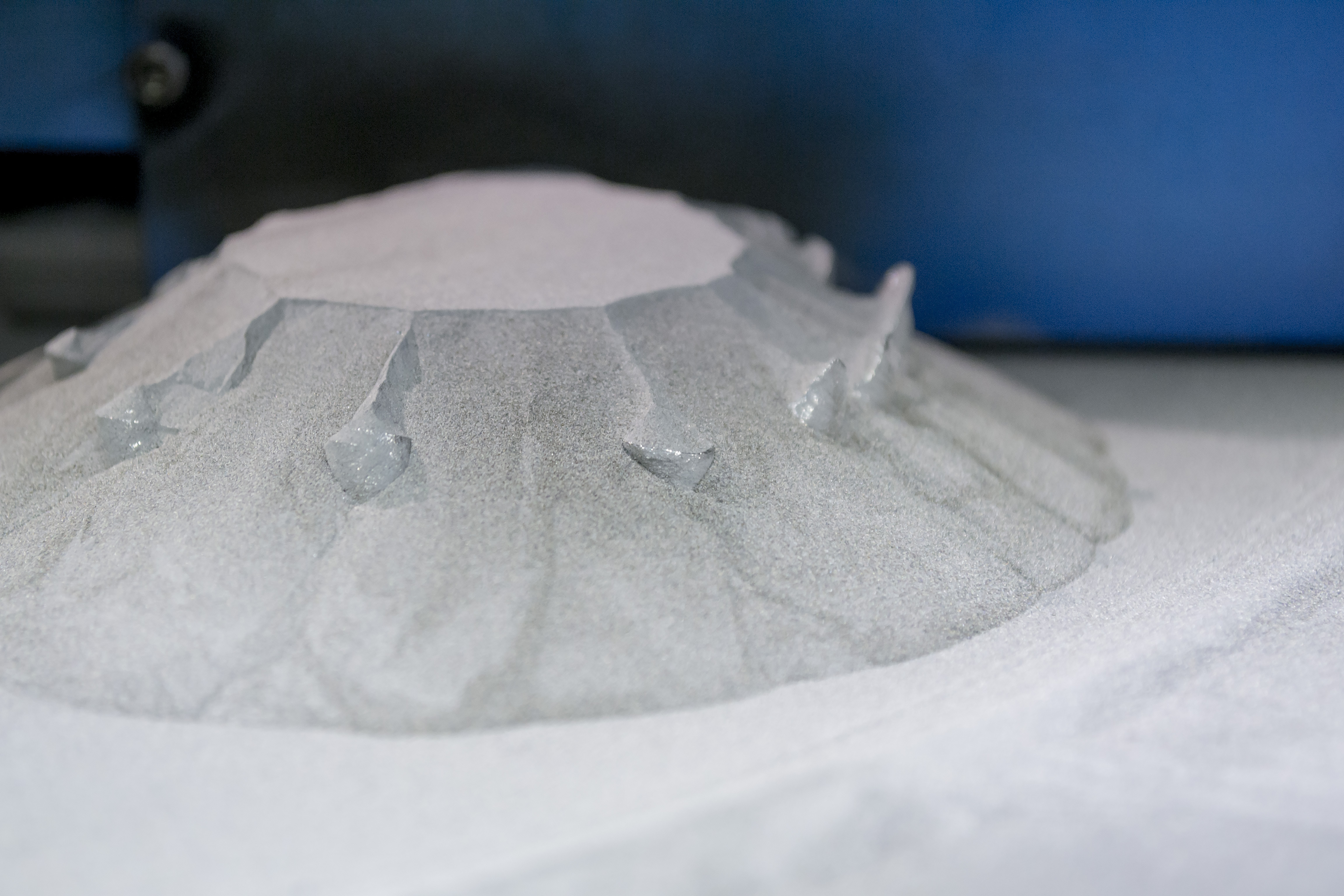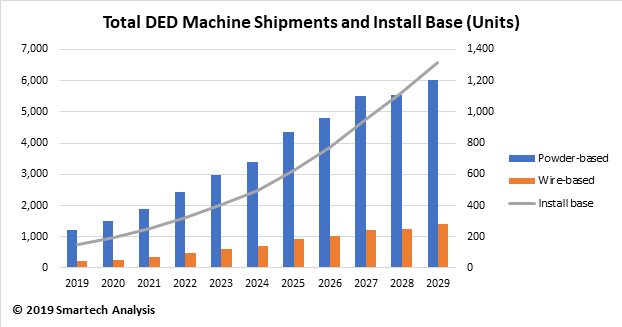AM leader EOS has announced it will be partnering with German startup Additive Works to advance the metal additive manufacturing process through the further development of Amphyon, Additive Works’ simulation-based pre-processing software for AM. The software solution is capable of virtually simulating the AM build process and identifying potential problem areas in a part’s design before going to printing, saving users both time and production costs.
Simulation software is becoming a key ingredient in the additive manufacturing process, as it enables users to predict if a 3D model is optimized for 3D printing or will encounter problems, such as surface defects or structural compromise, when printed.
“Although AM technology itself is very mature, especially for unexperienced users it can be difficult to predict if a part will be 3D printed as expected,” explained Dr. Nils Keller, CEO of Additive Works. “So when a part is manufactured with issues…it means a waste of machine time and material costs. An answer to this challenge is Amphyon.”
“Using simulation software is standard when it comes to conventional manufacturing methods,” he added. “With Amphyon, simulation now also becomes a solution for additive manufacturing, underlining the increased use and changing requirements of industrial 3D printing for serial production.”

Through its partnership with Additive Works, EOS will offer its Amphyon software solution to its clients and will work alongside Additive Works in further enhancing the platform’s support for EOS’ portfolio of metal materials, processes and systems. Ultimately, the goal for the two companies is to integrate Amphyon’s assessment, simulation and support modules into EOS’ job and process management sofware, EOSPRINT 2.
“While the vast majority of the public thinks that additive manufacturing allows for the creation of three dimensional objects from a digital design by just clicking a button, users of the technology know that the reality is more complex,” said Martin Steuer, Head of Product Management Software and Services at EOS. “United by the mission to make Industrial 3D printing even more intuitive and user friendly, EOS is happy to partner with Additive Works on the subject of AM-process-simulation. ‘Simulate before you create’ really is a key factor to ensure a successful laser sintering process with metal materials, right from the start.”
Additive Works’ Amphyon software solution is based on what the company calls the “ASAP principle,” which includes steps related to Assessment, Simulation, Adaption and Process. The workflow, designed for Direct Metal Laser Sintering technologies, offers automated print predictions and assessments, optimization support and process simulation.
The first step in Amphyon’s AM simulation process is the assessment stage, which entails an evaluation of a given part’s geometry and an analysis of all possible build-up orientations. In this step, the software takes several factors into account including build time, support volume, post processing efforts and part deformation. A detailed and automated analysis of all these elements allows the software to automatically identify the most optimal orientation for printing the part.

The simulation stage, for its part, comes in two modules: the Support module (in beta testing) and the Mechanical Process Simulation (MPS) module. The support module enables users to optimize and automatically generate support structures. Notably, the process also adapts the support perforation and the interfaces between part and support based on defined process loads. This, says Additive Works, helps to cut back on the support material used without sacrificing (and even improving) process stability.
The MPS module provides efficient and intuitive tools for simulating process mechanics and calculating distortions. This module also compensates for these distortions by exporting and building a “pre-deformed” STL file.
Presently, Additive Works’ simulation platform integrates profiles for key EOS metal materials, though the companies hope to expand this integration by adding support for all of EOS’ metal portfolio.




